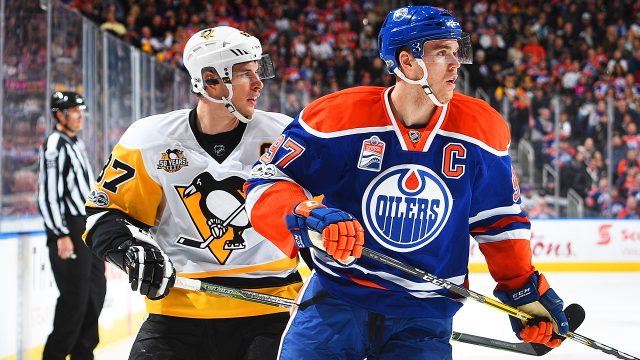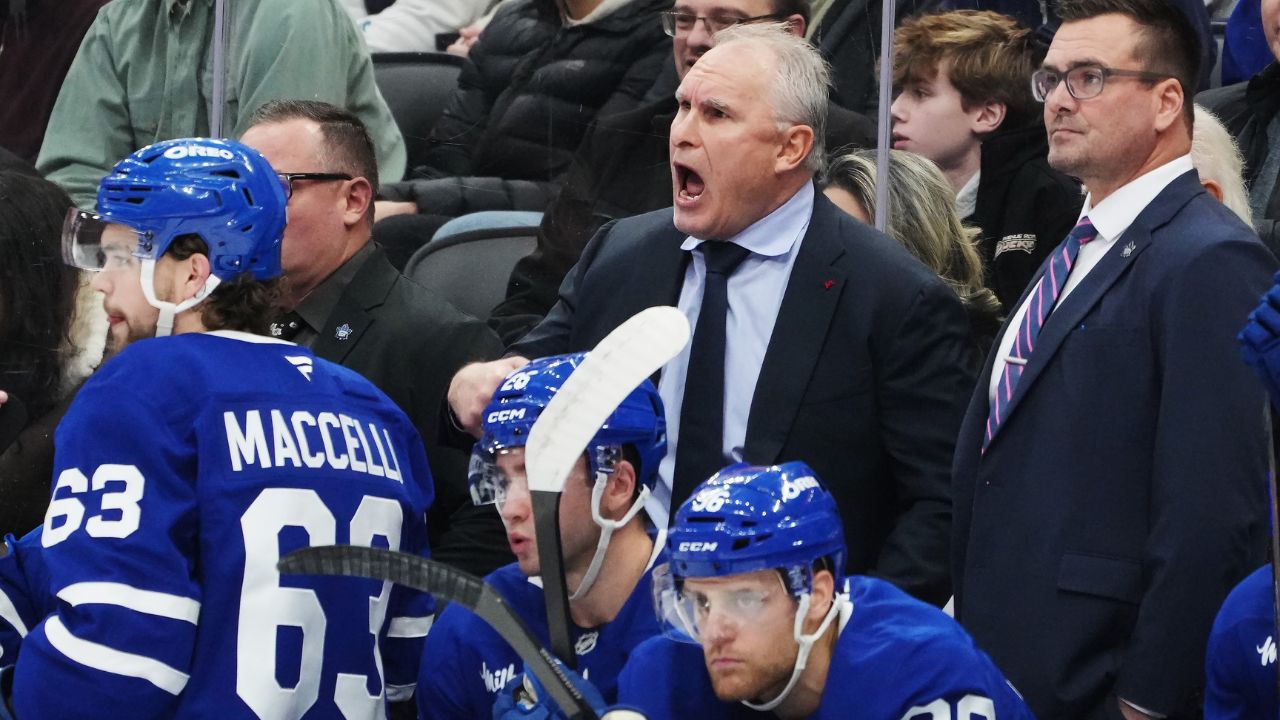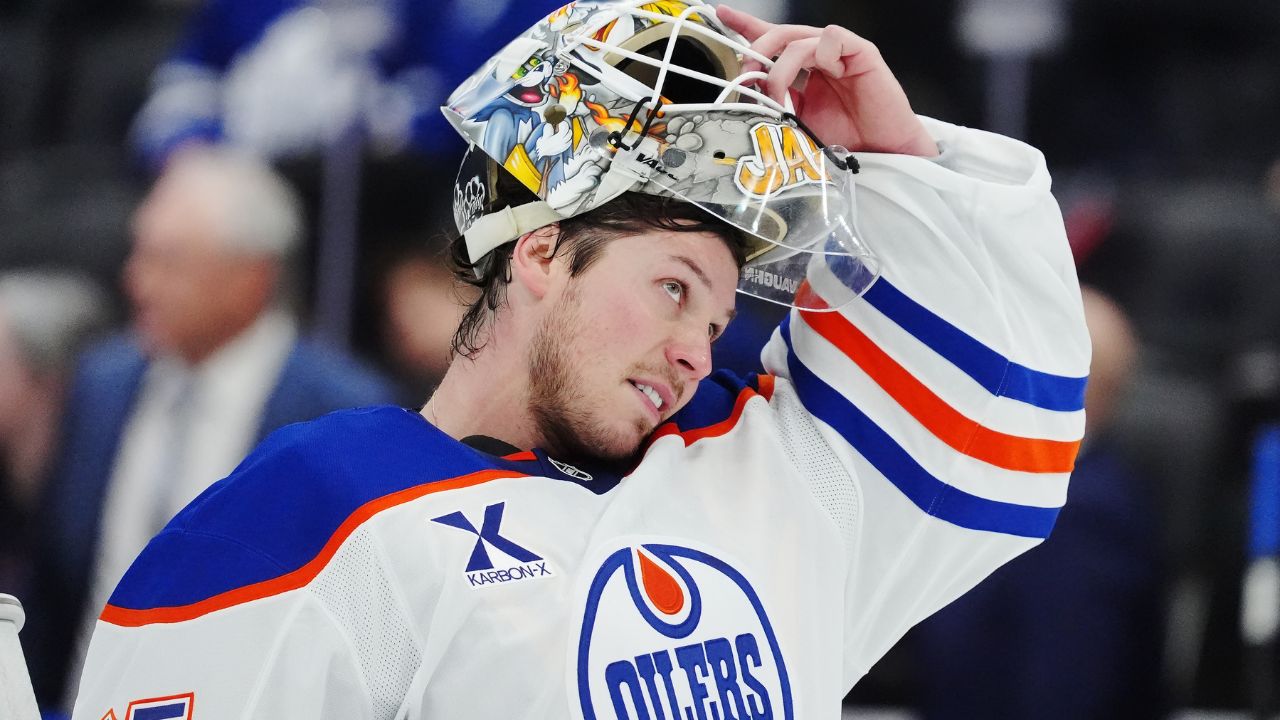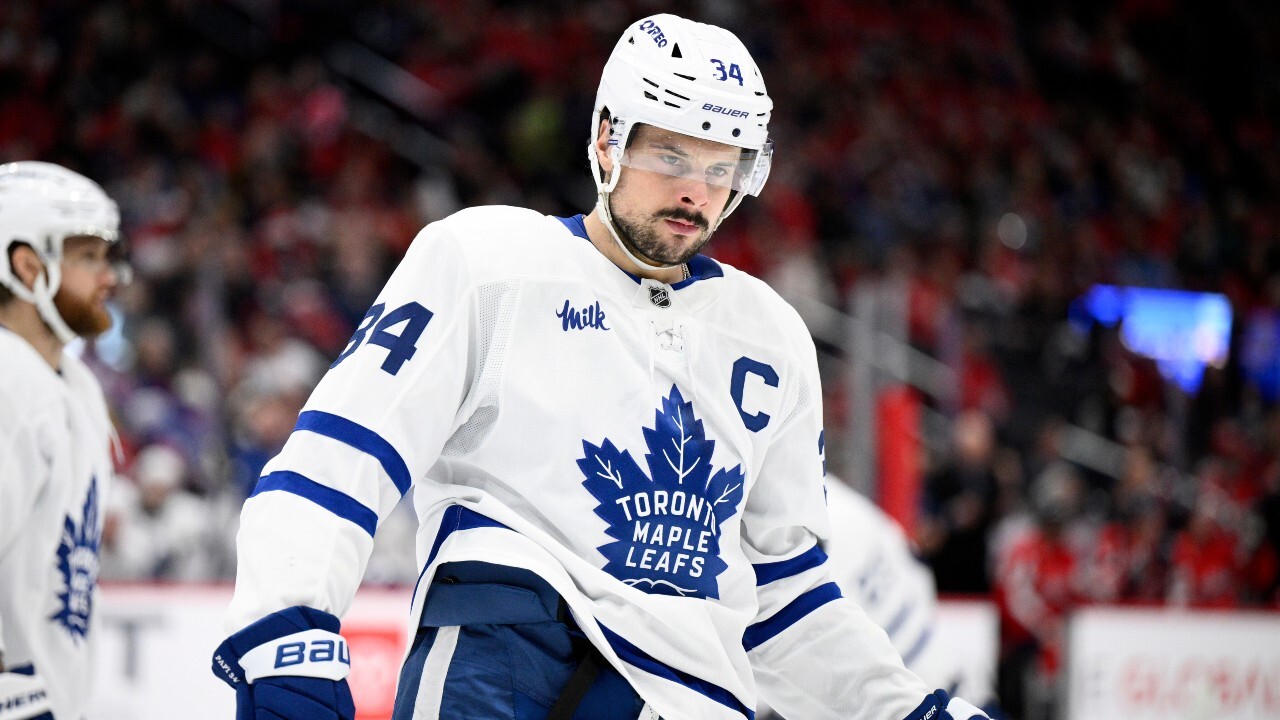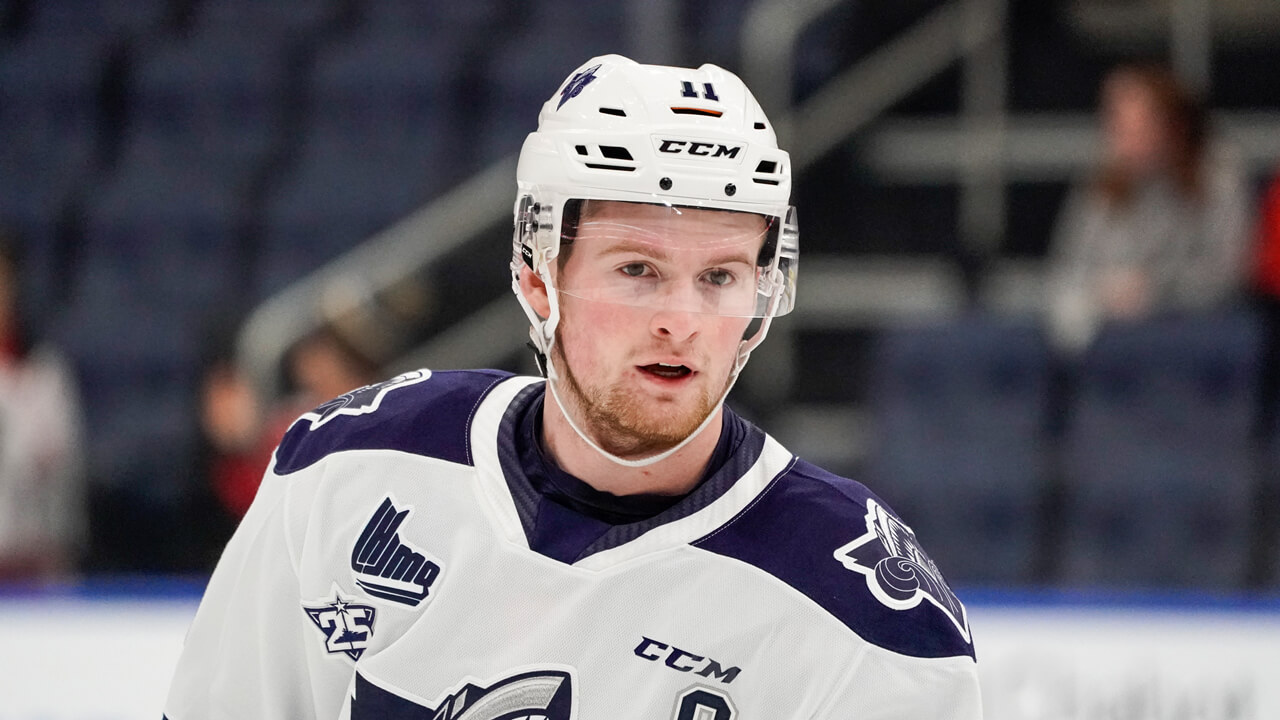
The 2020 NHL Draft will dominate hockey conversation for at least a couple of days as the draft order starts to take shape on Friday.
Several abnormalities will linger over this draft class. There were no playoffs, no Memorial Cup, or year-ending U18 worlds to scout. There was no NHL Combine for players to meet team personnel face-to-face, or to produce the most up-to-date physical test results. There were no post-combine meetings. Interviews had to be conducted via Zoom, Face Time or other platforms. For some players who are intimidated by sitting in front of a room full of question-askers, being in the comfort of their own home may have actually been beneficial. For those who are more outgoing or polished, this new reality may have played against them.
Higher-end players who have hopes of making an immediate jump to the NHL will have benefitted from not having been run ragged from one city to another, from one tournament or playoff series to a combine, to a development camp, and to a main camp. Those players will have had ample time to dedicate themselves to off-ice training and conditioning. Add in the complications of a projected flat salary cap and you may see more players from this draft class make the immediate jump as they should be in top physical shape and provide an entry-level salary to fit into the cap puzzle.
What may be most fascinating about this draft is what happens afterwards. When will the next NHL season start? Will the leagues that typically host these players be up and running, or still waiting for a second wave of COVID-19 to pass? Will European leagues become an option if North America is shut down? Say the NHL completes its 2019-20 season later this year and the draft is conducted as other leagues are running at full capacity — would that mean this group of players will have to be re-scouted? How much of your team’s resources do you want to assign to players you already have a book on when an entire new draft class has to be scouted? And, with the 2003-born players eligible for the 2021 draft, teams will want to get as many early looks as possible in case the pandemic rears its ugly head again and forces the stoppage of league and tournament play.
How many team personnel do you want to travel, and how willing will that personnel be to travel? Will teams cut scouts or operate on shoe-string budgets? How many teams will lean heavier on video scouting and analytics, not only for cost-cutting measures, but out of the necessity of limiting team travel?
Like anything else in life right now, there are many more questions than answers.
This draft class is deep, it’s talented and it shows well at all positions. This draft is also heavy on CHL players.
It started out being a draft class void of top defencemen challenging for top 10 accolades, but now we’re likely looking at two blueliners going inside the top 10, and maybe higher. There’s also the late-charging emergence of forwards such as Jack Quinn and Seth Jarvis. The lone projected first-round goalie, Yaroslav Askarov, will also alter the landscape inside the first half of this draft.
Will Quinton Byfield or Tim Stutzle go second overall? Will Ottawa choose the top forward and the top defenceman if given the opportunity early on?
Another element to this draft class is the number of projected first-rounders with late birthdays, starting with Alexis Lafreniere at the top. When compared to Byfield, it’s almost 10 full months difference between those two prospects.
One final observation about this group is the number of players whose key asset is goal scoring ability, something that’s been much more prominent in recent years. Starting with Alexander Holtz, there’s also Quinn, Jacob Perreault and Tyson Foerster who possess this ability as their top asset.
Ahead of the 2020 NHL Draft Lottery, here’s Sportsnet’s latest draft rankings. Keep in mind, while there have been no games to watch, there’s been plenty of video and plenty of resourcing to justify slight changes in the rankings from our last release in April. Also be mindful that the rankings are just that and a mock draft may look somewhat different based on team need and who actually picks where.
1. Alexis Lafreniere, LW, Rimouski Oceanic (QMJHL): There’s a completeness to his game that simply says “pro.” There’s a quiet confidence that will allow him to overcome first overall pressure and excel at what he’s best at.
2. Tim Stutzle, LW, Mannheim (DEL): There’s enough track record that he projects at centre in the NHL and that may be enough for him to pass Byfield.
3. Quinton Byfield, C, Sudbury Wolves (OHL): Great player already with great size and a ton of growth potential still ahead of him.
4. Lucas Raymond, LW, Frolunda (SHL): Moves so well with great vision and that combination will allow him to make his NHL linemates better.
5. Marco Rossi, C, Ottawa 67’s (OHL): Highly competitive, super smart, easily coached and a strong lower half that should make up for perceived size issues.
[radioclip id=4903578]6. Jamie Drysdale, D, Erie Otters (OHL): Plays with poise well beyond his years. Elite skating ability will work effectively in all three zones.
7. Jake Sanderson, D, (USNTDP): A natural-born leader who was just starting to show a more potent offensive side to his game before the shutdown.
8. Cole Perfetti, LW/C, Saginaw Spirit (OHL): Is a magician in the offensive zone with his ability to change pace and find teammates. Goal-scoring has always been part of the skill-set.
9. Alexander Holtz, RW, Djugarden (SHL): Elite shooting and goal-scoring ability should translate to the NHL.
10. Jack Quinn, RW, Ottawa 67’s (OHL): Takes care of the little details that have helped improve his all-around game. Amongst the best-in-class goal-scorers.
11. Anton Lundell, C, HIFK (Liiga): A safe pick who has performed well in a variety of roles with peers internationally and with older players in league play.
12. Yarolslav Askarov, G, SKA (VHL): Has been a star internationally and in the VHL. Look past his WJC performance and realize he’s the best goalie available.
13. Kaiden Guhle, D, Prince Albert Raiders (WHL): Has experienced the perfect developmental curve in having to earn his chops as a youngster, and then progressing to big minutes in his second season. Excellent skater with a serious mean streak to his game.
14. Dawson Mercer, C, Chicoutimi Sagueneens (QMJHL): His passion and energy are infectious. Possesses excellent hands and shooting ability. Built for the small-space game.
15. Dylan Holloway, C, Wisconsin (NCAA): Plays a power forward game that is highlighted by elite skating ability.
16. Connor Zary, C, Kamloops Blazers (WHL): Super smart, energetic player who handles pressure well. In-tune with the defensive game and should produce at NHL second-line pace.
17. Rodion Amirov, LW, UFA (VHL): Hard-working, skilled player who understands how to play both ends effectively.
18. Braden Schneider, D, Brandon Wheat Kings (WHL): A safe bet as a more than capable defender with offensive upside that may develop down the road.
19. Seth Jarvis, C, Portland Winterhawks (WHL): Right shot centre who took off in the second half. Definitely a player who would’ve benefitted from a playoff run on a young team.
20. Hendrix Lapierre, C, Chicoutimi Sagueneens (QMJHL): Neck issues were originally thought to be concussion issues. Limited in-season play will have some teams concerned, but if healthy, he’s a steal anywhere past 10.
21. John-Jason Peterka, LW, Munchen (DEL): Plays a well-rounded mature game that includes good numbers up against men in a quality league proving to be a hotbed for young talent.
22. Jacob Perreault, RW, Sarnia Sting (OHL): Deceptive skater who’s smart enough to know when to turn it on. Another player whose goal-scoring pops.
23. William Wallinder, D, MODO (Sweden U20): Excellent mobility for his size (6-foot-4). Shows poise and patience in his decision making.
24. Lukas Reichel, LW, Berlin (DEL): Too much creativity and offensive upside to worry about some teachable details defensively.
25. Ridly Greig, LW, Brandon Wheat Kings (WHL): Fearless for his size. Grit, intensity and willingness to impose his will on the opponent may not be as effective at the next level, but the fall back is his skill, which plays to the pro level.
26. Noel Gunler, RW, Lulea (SHL): A good late option for a team with multiple picks trying to hit a home run.
27. Justin Barron, D, Halifax Mooseheads (QMJHL): As one of the top skaters and mobile defenders in this draft class, he’s destined to play top four minutes for a number of years.
28. Mavrik Bourque, C, Shawinigan Cataractes (QMJHL): No one asset of his game really pops, nor does his size (5-foot-10). Having said that, he has been a top producer on a young team for two straight seasons.
29. Jeremie Poirier, D, Saint John SeaDogs (QMJHL): As of right now, there are concerns about defending or a willingness to work on it. Then again, when you’re as gifted offensively as Poirier with great skating ability, who would want to defend?
30. Tyson Foerster, RW, Barrie Colts (OHL): Has a zest for the game like former Colt Mark Scheifele and a nose for the net like Tanner Pearson did in Barrie. The goal-scoring element is too strong to overlook.
31. Luke Evangelista, RW, London Knights (OHL): Use Liam Foudy and Connor McMichael as gauges. A home-run hitter in the interview process.


